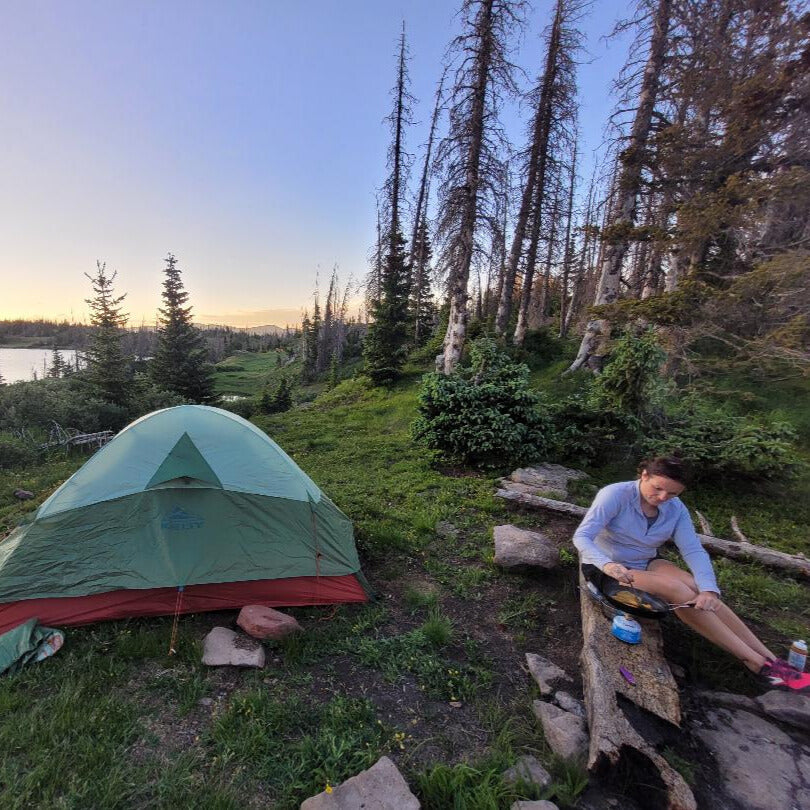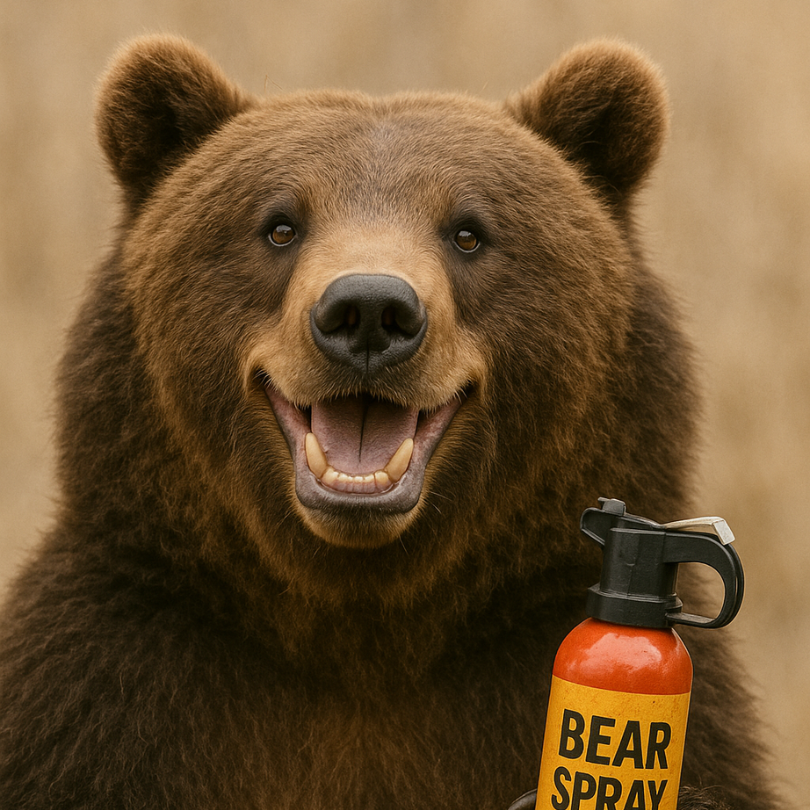Your Cart is Empty
accepting gear drop offs Mon-Sat 10am-5pm. No Consignment acceptance on Sundays.
accepting gear drop offs Mon-Sat 10am-5pm. No Consignment acceptance on Sundays.

We’re all guilty of buying gear we don’t use or don’t use enough–and almost everyone has a closet that hasn’t been cleaned out in ages. With the new year here, now is the perfect time to declutter and turn unused gear into store credit or cash.
Durango Outdoor Exchange makes it easy to bring in your gear and let us sell it for you. Here’s your guide to decluttering your outdoor gear the smart way.

Work crews were busy over the off season making changes to ski areas across the region. While the hoped-for new lifts at Purgatory aren’t going to spin, there are plenty of reasons for you toget some wax (or new skis) from Durango Outdoor Exchange and hit the slopes this winter.

When spending one night (or many) in the backcountry, a warm dinner at night and hot beverage in the morning can make the difference. That invariably involves using a stove of some sort–but which one?
Stove technology has been around for decades, but new tech is making them lighter, more efficient, and more dependable than ever before. Here’s a rundown of the different kinds of backpacking stoves:

If you are camping in bear country, or in any place where food storage is a concern, you should strongly consider using a bear canister–a storage system that is built to keep bears out of your food. And in some places, particularly parks in California, Montana, Colorado, and Washington,backcountry campers are required to have and use bear canisters.
While you may get lucky by hanging your food in a sack from a tree, this is not permitted in many areas and virtually impractical in many alpine anddesert backpacking zones. Bear canisters are the preferred method for storing food and other smelly items, but there are many kinds to be aware of. Let’s look at them in more detail.

If you do anyovernight backpacking, or even long distance hiking, there’s a good chance that at some point you may need to go Number Two.
Because of heavy land use and impacts to natural resources (not to mention water sources), this is not always as simple as doing your business and covering it with a rock or a handful of pine needles.
In fact, depending on where you go, you may be required to carry an approved pooping system even if you swear on your loaded lower intestine that you will hold it in no matter what.
Here’s a quick run down on backcountry toilet systems.

The time’s come. You’ve got your lightweight backpack, a comfy sleeping bag (of quilt), a sleeping pad that doesn’t (yet) leak air, a cool tent, a nifty little stove, and a hankering to get out and use it all. Let’s go!